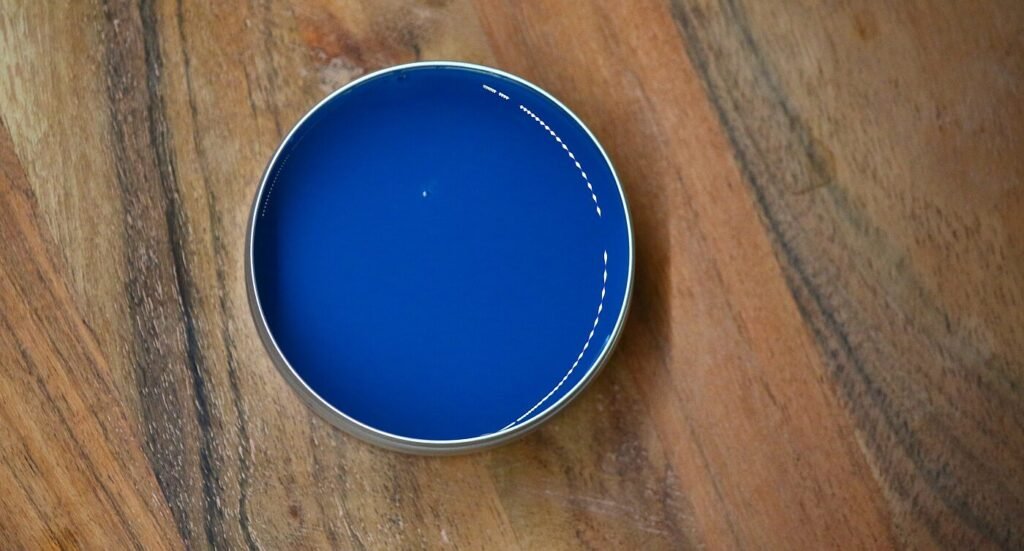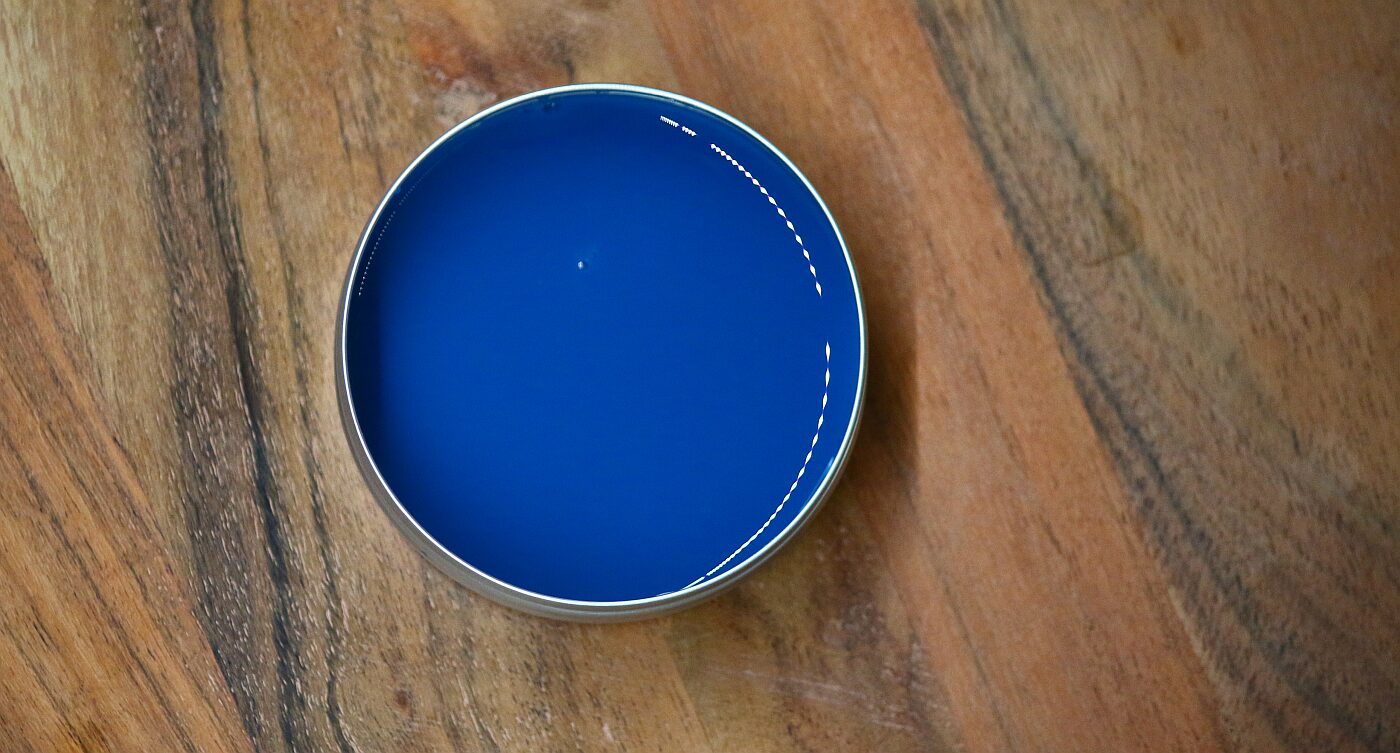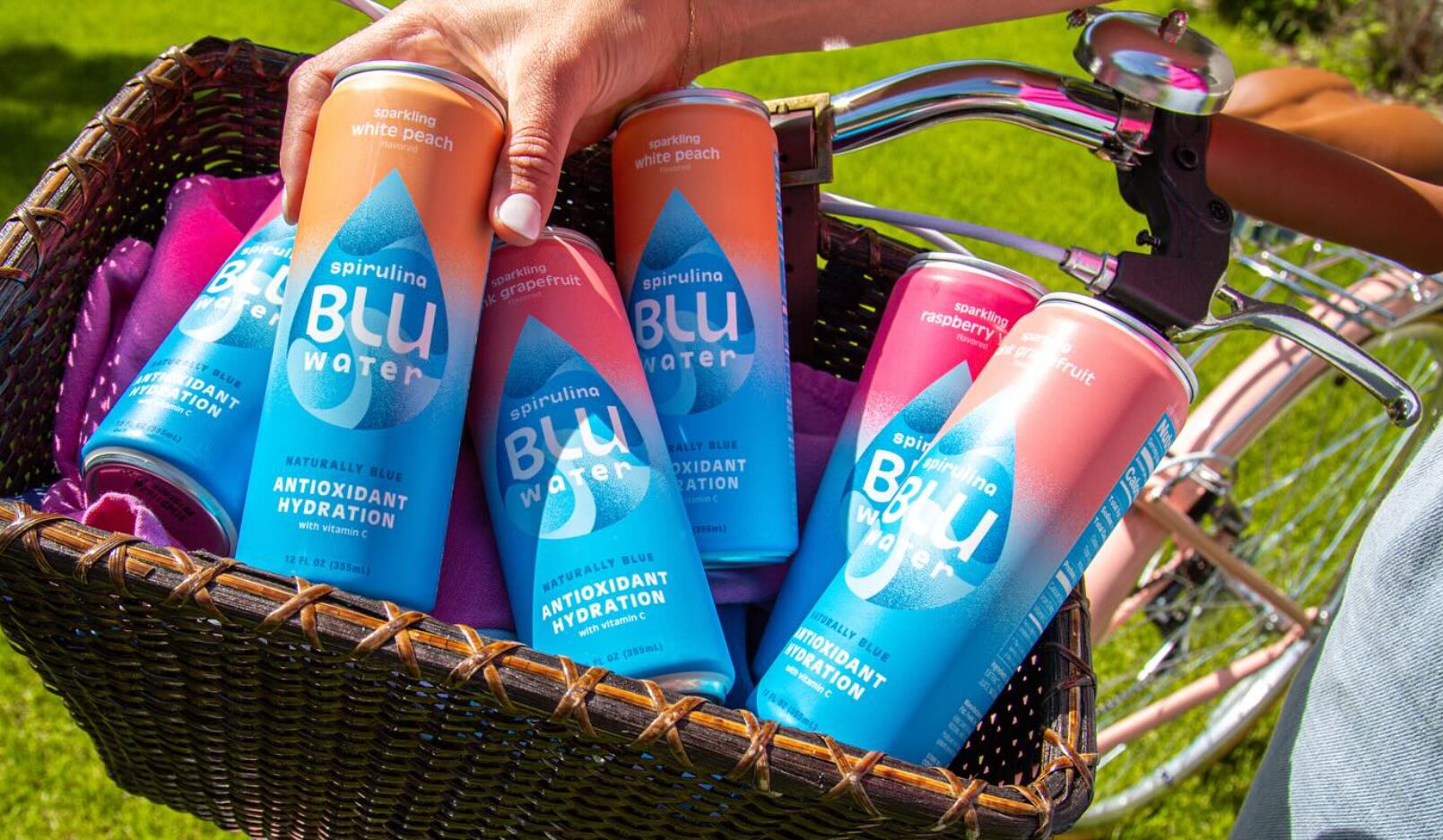
Netherlands-based startup FUL Foods is seeing a surge in demand for its heat- and acid-stable spirulina-based natural blue colors as the MAHA (Make America Healthy Again) movement increases pressure on food manufacturers to rid their wares of synthetic colors.
Founded in 2020 by Cristina Prat, Julia Streuli and Sara Guaglio, FUL Foods is a b2b ingredients supplier that also produces a functional beverage (BLUwater) featuring spirulina extract. The firm sources spirulina from a partner growing it in photobioreactors but can also source raw material from firms growing spirulina in open ponds, Streuli told AgFunderNews.
“We’re spirulina biomass agnostic although we prefer [spirulina grown in] photobioreactors for quality, consistency, and sustainability reasons. The extraction process, the downstream processing, is really our sweet spot.”
While several color houses, from GNT to Sensient, Earthrise, and Roha, already supply spirulina-based blues, FUL Foods has filed several patent applications for extraction technology that it claims can deliver more stable blue colors at a low pH (2.6+) and high temperatures. This unlocks new application opportunities in beverages and acidic confections, added Streuli, who is based in Santa Monica.
“The stability at a low pH allowed us to use the ingredient in our own beverage, which is pasteurized, and when we’ve performed competitor analysis, we see that it outperforms in that low pH range compared to other blues from spirulina on the market.”
On taste, she claimed, “Ours is one of the most neutral [tasting spirulina pigment] on the market, which I think also has to do with the precision of our extraction and the purity.”
She added: “We’ve validated that partners can perform our extraction process at a large scale, so we’re not bound by our own plant or equipment, which makes us incredibly scalable and dynamic, and allows us to better localize production.”
‘A lot of companies are targeting [switching to natural colors] by the end of 2026’
FUL Foods’ blue colors are particularly suited to syrups and concentrates, confectionery, gummies, hard candies and some beverages, said Streuli. “Our extraction process allows us to be much more precise with the extraction of the phycocyanin, so we have a portfolio of ingredients with different purity levels and consistencies: concentrates, powder formats, and different shades that allow us to target the best solution for the best application. That precision is what companies are drawn to.”
While firms have been phasing out synthetic food colors for some time, the MAHA movement has accelerated the process in the US, she said. “A lot of companies are targeting switching off by the end of next year. So 2027 is the target to launch with [all] natural [color] products.
“But this isn’t just impacting US-based businesses. It is one of the largest reformulation events in modern history. Think of how pervasive those synthetic colors still are in grocery stores, convenience stores, even pharmacies, they’re everywhere. And not only is our ingredient unlocking new applications, we’ve also replaced some existing spirulina where companies were using it, but there were constraints on shelf-life, vibrancy or separation.”

Biorefinery approach
To date, FUL Foods has filed four patents on its extraction process and is about to file two more, one of which covers spirulina protein, said Streuli.
“We’re very much adopting a biorefinery approach as the blue pigment accounts for less than 20% of the spirulina raw material [dry biomass], so part of our patent [portfolio] covers retaining the value of the side stream, which allows us to valorize and commercialize a spirulina protein.
“We did a trial [of the spirulina protein] with a multinational last year and have done quite a bit of application work and testing, but because of the overwhelming demand and time-bound opportunity with the blue color, we have prioritized colors this year, really, since the spring.
“We designed the business plan so the blue [pigment] can be a profitable venture on its own, and because the protein is a side stream, this will allow us to be much more price competitive on the protein.
“We’ve seen quite a bit of interest in using the protein for alt dairy applications, because it’s very high in iron and calcium [unlike most plant proteins]. It also has good foaming properties. We’re not commercial yet with the protein yet, but the goal is to bring that to the point of commercialization in the next 24 months.”

b2b vs b2c
Like many startups with a long-term plan to develop a b2b ingredients business, FUL Foods got into the CPG realm with its BLUwater functional drinks both to generate short-term revenue and to show its wares in a real-world product to potential b2b customers, said Streuli.
“The positioning is very much around antioxidant hydration. We’re distributed through Compass Group and launching in 8,000 micro markets this month, mostly in workplaces, so we’re not competing on shelf with 20 other functional drinks, where we would have to invest in a lot of promotions or pay listing fees. Instead, people are getting it for free at their office often, so that’s been a pretty good volume driver. We’re also in universities and some natural retail chains.”
In the beginning, she said, “It made sense to develop applications expertise and launch a product that’s new to the category. There hadn’t been any naturally blue stable drinks on the market before and so it was this great proof of concept of what our ingredient could do.
“We were always testing and iterating and getting market feedback as quickly as possible, and we refined our ingredient extraction approach considerably based on the feedback from our own application of our own product. So a lot of the improvement work we did for our own product is now benefiting us in spades for the shift to b2b.”
She added: “The idea was always let’s launch our own product as a proof of concept, and then the real play will be scaled as a nutrition platform, which includes not just the blue color, but the protein, the fatty acids, and the beta carotene.”
The post FUL Foods sees surge in demand for stable natural blue colors as MAHA accelerates clean label trend appeared first on AgFunderNews.




